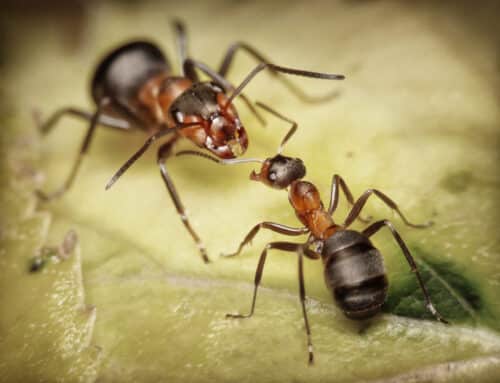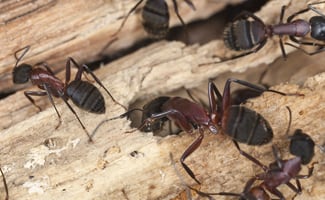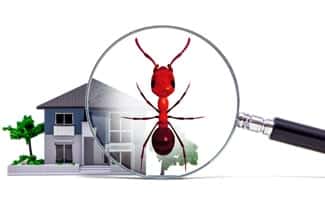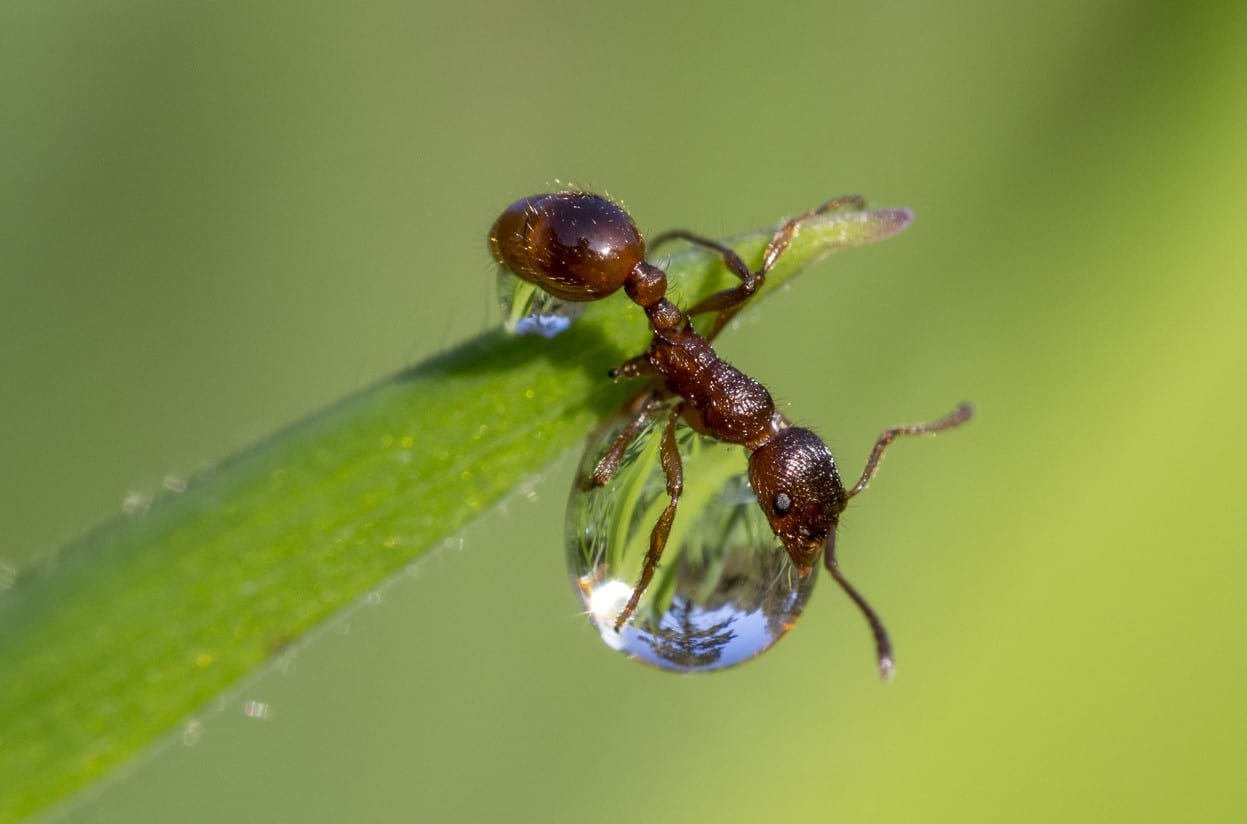
Recently, there are rising concerns regarding European Fire Ants which have made their way into the Seattle and Puget Sound region. The fight against invasive species continues. As our world becomes more connected through trade and commerce, we see so many examples of introduced species that can impact our native environment.
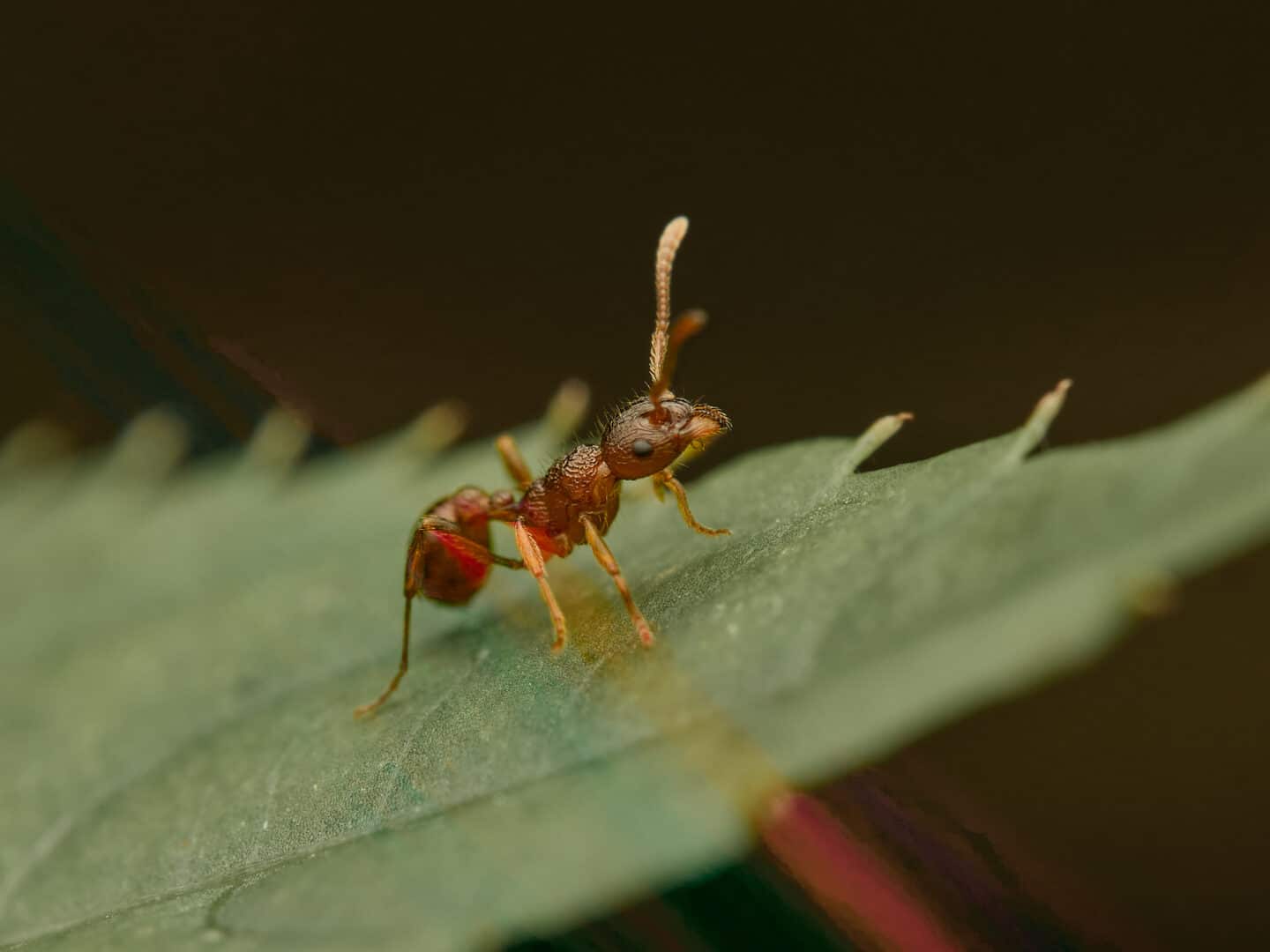
What are European Fire Ants?
The European Fire Ant (myrmica rubra Liannaeus) is a stinging ant species native to Europe and northern Asia. It is typically red which is why it is sometimes called the European red ant.
The “bite” or sting of this pest can cause redness, swelling, itchiness, and (in rare cases anaphylaxis). Colonies have small, hairy worker castes and many queens so they are quick to spread and populate new areas.
European Fire Ants in their Native Europe
In their native regions, European Fire Ants (myrmic rubra) play an important role in the ecosystem. Where they are found in the Palearctic regions of Europe (from Ireland to western Siberia), they are vital to the conservation of the rare Alcon Blue (maculinea) butterfly which lives in association with the ants.
These butterflies employ a “cuckoo” strategy, an example of parasitism in which an organism relies on another to raise its young. The larvae of the Alcon Blue butterfly drop out of their food plant when they are sufficiently grown and land on the ground. Then, they emit a chemical that mimics the scent of ant larvae so that the ants carry the butterfly larvae back to their nests and place them in the brood chamber to nurture them.
European Fire ants are extremely nomadic and some species move their nests frequently throughout the summer. Nuptial flights on fire ants in Europe take place in August – September.
Queens will overwinter before laying their first eggs. In spring, queens will begin feeding in preparation for reproducing. It usually takes two years to start a colony. In Europe, there are two brooding types: rapid and slow. The rapid brood develop within a year, while their slower cousins overwinter as larvae and mature into adulthood the following year.
European Fire Ants as Invasive Species in PNW
European Fire Ants have been found in North America as early as the 1900s. They transport easily in bags of soil, leaf, mulch, and potted plants and are thought to have arrived in Maine in infested plants. They have established quite a foothold in the Northeast. Maine, New Hampshire, Massachusetts, Rhode Island, New York, New Jersey, and Pennsylvania have all reported this ant species.

But it has continued to spread throughout the United States, and they have reached the Seattle area as well. While European Fire ants are currently pretty isolated in the Pacific Northwest, they are a threat, because these red ants are easily transported and can be hard to contain and eradicate.
They are posed to be a significant pest in our area. These red ants have nests with multiple queens so they can reproduce quite quickly. They can even “bud” additional satellite colonies from a queen and her workers. European Fire Ants not only reproduce quickly in high dentistry nests, but they have a fondness of nesting in areas also enjoyed by humans. This increases their potential to become a significant problem.
Because they thrive in warm, humid conditions, the Pacific Northwest has become a new playground for this stinging red ant, especially with rising temperatures in the area. European Fire Ants thrive in a moderate coastal climate with irrigated lawns, ornamental gardens, lush golf courses and love to feed on fruit, honeydew, and other sugary options.
Identifying and stopping European Fire Ants is important for both human impact as well as ecology concerns. Whenever an invasive species gets a foothold, there are consequences. If you think you have an infestation, call a pest control company.
Cascade Pest Control is ready to help protect your home or business against European Fire Ants. Call 888-989-8979 today!

